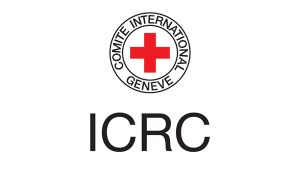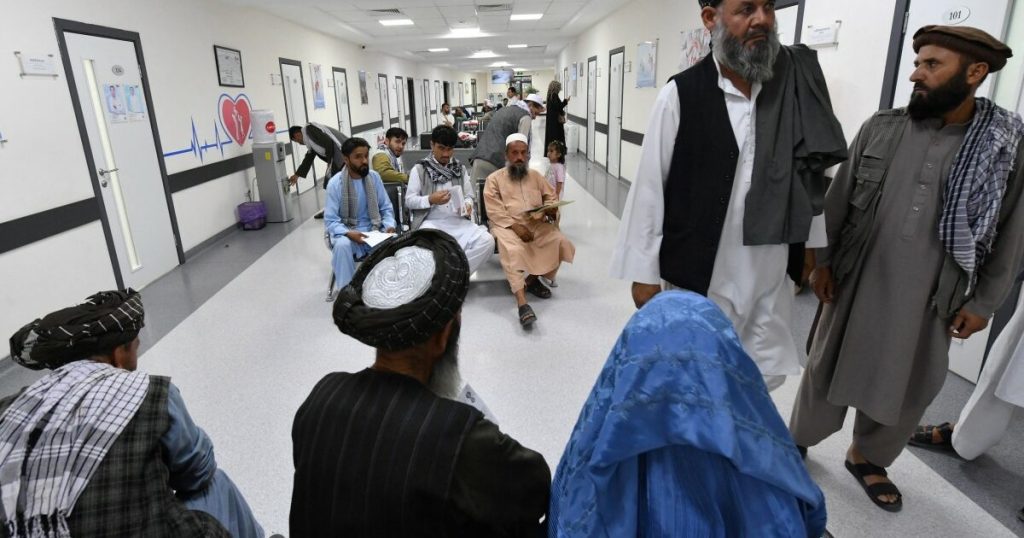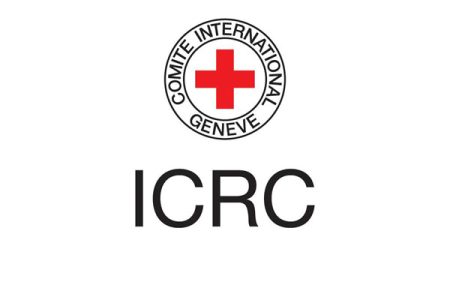The arid landscape of the Uzbek-Afghan border now hosts a burgeoning symbol of regional cooperation: the Airitom free trade zone. This bustling complex, situated near Termez in southern Uzbekistan, represents a significant shift in the relationship between the five Central Asian states and Afghanistan, four years after the Taliban’s return to power. While concerns about the spread of radical Islamism linger, economic pragmatism has taken center stage, driving the region towards deeper engagement with the new Afghan government. Taliban representative Sayed Zaher Shah expressed optimism about the growing trade links, emphasizing the Islamic Emirate’s commitment to an open economy and strong regional relationships. Airitom, he believes, is a testament to this evolving partnership, paving the way for expanded trade and future collaborative projects.
Airitom itself is a vibrant hub of activity, hosting a diverse range of businesses, from restaurants and shops to a state-of-the-art medical center and a Hilton hotel. The absence of value-added tax and customs duties within the zone provides a significant incentive for both Uzbek and Afghan traders. The “Friendship Bridge,” a historical landmark that witnessed both the Soviet retreat in 1989 and the Afghan army’s flight in 2021, now serves as a gateway to this economic opportunity. Afghans, granted visa-free travel to Uzbekistan for up to 15 days, utilize the zone for both commerce and essential services, like the advanced medical care unavailable in their own country. Personal accounts from Afghan visitors highlight the appeal of Airitom, ranging from seeking medical checkups to purchasing goods and enjoying the amenities.
Despite the emphasis on open trade and cooperation, security remains a paramount concern. Stringent checks by border guards, barbed wire fencing, and the visible presence of Uzbek security personnel underscore the ongoing vigilance in the region. Within the air-conditioned comfort of Airitom, however, the atmosphere is designed to promote a sense of partnership. Walls adorned with quotes from Uzbek President Shavkat Mirziyoyev championing friendship and cooperation reinforce the official narrative of mutual benefit. This carefully curated environment contrasts sharply with the external security measures, reflecting the complex realities of navigating this evolving relationship.
The strategic importance of Airitom transcends mere bilateral trade. For landlocked Central Asia, re-establishing its historical role as a vital trade route is a key objective. Access to southern seaports through Afghanistan becomes particularly crucial as sanctions complicate the northern route through Russia. Airitom, therefore, serves as a linchpin in this broader strategy, facilitating access to markets in Iran and Pakistan via cross-border routes. Ambitious infrastructure projects, such as railways linking Central Asia with Afghanistan, are further evidence of this long-term vision. For Afghanistan, grappling with a humanitarian crisis, this increased connectivity offers the potential for improved energy and food security.
This rapprochement between Central Asia and the Taliban government predates Russia’s recognition of the regime in July 2024. Kazakhstan’s removal of the Taliban from its terrorist list, Uzbekistan’s strengthening of diplomatic ties, and Kyrgyzstan’s call for Western recognition all signal a regional shift towards engagement. Even traditionally isolated Turkmenistan is participating in the ambitious TAPI natural gas pipeline project, which will traverse Afghanistan en route to India and Pakistan. While Tajikistan maintains a critical stance towards the Taliban, it too has increased economic ties, demonstrating the pragmatic approach prevailing across Central Asia. Despite this overarching trend, challenges remain, including disputes over water resources, such as the Qosh Tepa Canal, which highlight the delicate balance of cooperation and competition in the region.
While the Airitom model holds promise, on-the-ground realities present challenges. Several business owners operating within the zone voiced concerns about declining sales and logistical hurdles related to import and export procedures. The strict controls and limitations on the quantity and value of goods that can be traded create frustration and financial losses for some traders. Despite these teething problems, the overall concept remains optimistic. The Taliban representative’s mention of plans to replicate the Airitom model in Afghanistan suggests that the free trade zone is viewed as a successful framework for future economic cooperation. The long-term success of this approach, however, will depend on addressing the existing trade barriers and finding sustainable solutions to the complex political and security dynamics that shape the region.














